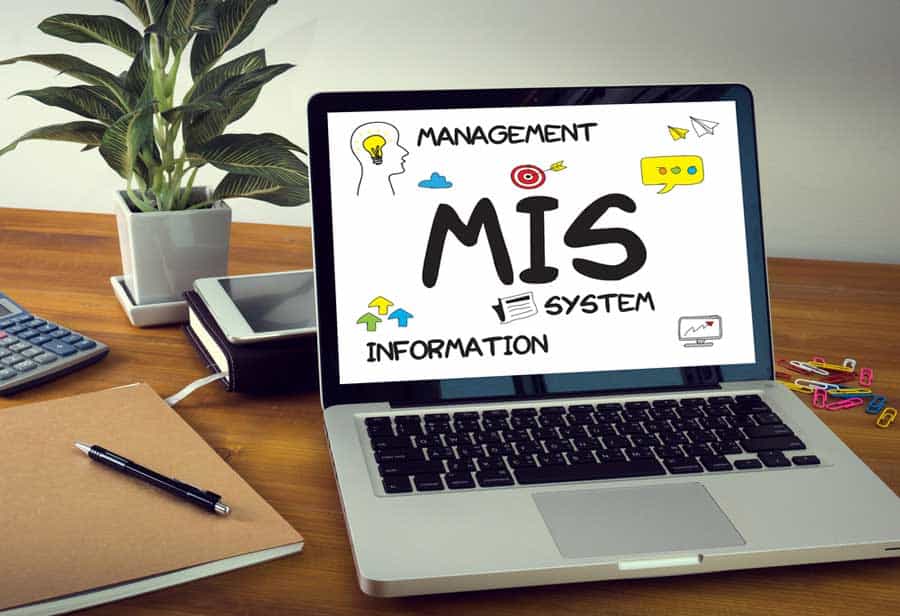Why your Business and Management Information Systems may well be way out of date – even if you have just got it…

Since the 2007/8 global financial crisis, business methods have changed almost out of all recognition. Bureaucratic, top down methods are being left behind as business leaders realise that in order to compete businesses have to move quickly in often unpredictable directions. One example of this has been the British telecommunications company, BT, that ended up buying back mobile provider EE that it had divested only a few years before. This could not have been predicted 18 months previously, especially given that BT is usually seen as a notoriously bureaucratic and slow moving behemoth.
In order for BT to do this it would have had to make assessments both of its own capacity for a major acquisition, the market forces leading to that, as well as the health of EE. Certainly for its own health and that of the market, BT needed adequate internal and external information and data, or business intelligence. A business intelligence system is needed these days, due to the complexities and number of the data and external information. The current set of business intelligence systems are capable of great flexibility and rapidly changing information. These Agile Management Business Intelligence Systems have advantages over the previous ‘waterfall’ systems that couldn’t cope with shifting and rapidly changing scenarios.
A new piece of research just published i describes how researchers found that organisations that shift from traditional business and management information systems known as waterfall systems to agile systems tend to have better results.
Waterfall business and management information systems
A waterfall business or management system is designed to provide a set flow of information at regular intervals. As the system is set and doesn’t tend to change, thus the information derived from the system is also set. These systems are based on a sequential process that produces the same type of information at the same intervals (monthly for example). Additionally, they are non-iterative which means that later calculation and understanding and new information cannot change the nature of the information being extracted from the system. The information output is fixed and often won’t notice and definitely won’t change due to other changes.
Be impressively well-informed
Get your FREE organizational and people development research briefings, infographics, video research briefings, a free copy of The Oxford Review and more...
Agile business and management information systems
Agile business and management information systems, on the other hand, are designed to spot and respond to change. The cycles of information are shorter and iterative. They respond to feedback and the systems themselves learn. The information they provide will be about change and how things are improving or not. Additionally they will be providing different information dependent upon what is happening.
Agile management
Agile implementation approaches have the core goal of the project in mind – not the project implementation in itself. The approach is oriented to an unpredictable world, which is far more useful today. Agile businesses’ intelligence systems have really turned decision making on its head. You will notice that agile starts from the premise that things will change and that cycles will therefore be shorter.
These systems ask different questions, for example ‘how do we use the system?’, rather than the waterfall method of ‘how do we design the system?’ The results in project performance are shown in the diagram below:
Time and cost are brought down in Agile and quality is significantly improved from the outset. Indeed, the focus during projects is incremental and ongoing improvement and change. Rather than broad brush designs, the final thing to emerge are the features and functionality – something that those implementing Agile will only develop as the needs arise as opposed to setting those in the design from the outset.
By comparison, the waterfall approach designs the system as a stable entity, working out what the final result should be (the features) should be at the outset rather than having them as an emergent property. The Agile approach on the other hand adds functionality as required.
Summary
The paper summed up Agile thus:
- In Agile methodology, cooperation with the customer takes place during the entire project on a regular basis, whereas in the traditional ones it is performed only at selected stages of the project.
- In the Agile approach, changes are taken into account regardless of the stage of the project, whereas in the traditional approach, changes are made only after the final acceptance of the solution concept.
- The Agile project is divided into parts. Each section is treated as a final distinct product that can be used by the customer and it can deliver return on investment already.
Business Intelligence
Good business intelligence systems are one of the most sought after software packages, as companies seek to get a better grasp on what is happening within their own organisations and what is happening externally.
The intention is to get the information to management in as close to ‘real time’ as possible rather than a monthly or biannual report so that decisions and changes can be made in the moment in order to improve competitiveness in a changing world.
The research looked at large companies with somewhere in the region of 47,000 employees between them to compare the outcomes of agile versus waterfall systems. Figure 3 below shows the comparison of the two approaches:
As can be seen from the chart, agile systems had significantly better outcomes than waterfall systems in each of the areas measured during the study.
Conclusions
One may say colloquially, ‘Waterfall is so old – it is pre crash stuff’. Agile however meets the needs of the modern world. It cuts costs, gives close to immediate results and adds value almost as soon as it starts being implemented. The problem the study found was that it is not just about upgrading your Management Information Systems but about how to get people into the agile mind-set – upgrading the thinking.
Reference – available to members
Be impressively well informed

Get the very latest research intelligence briefings, video research briefings, infographics and more sent direct to you as they are published
Be the most impressively well-informed and up-to-date person around...


2charged